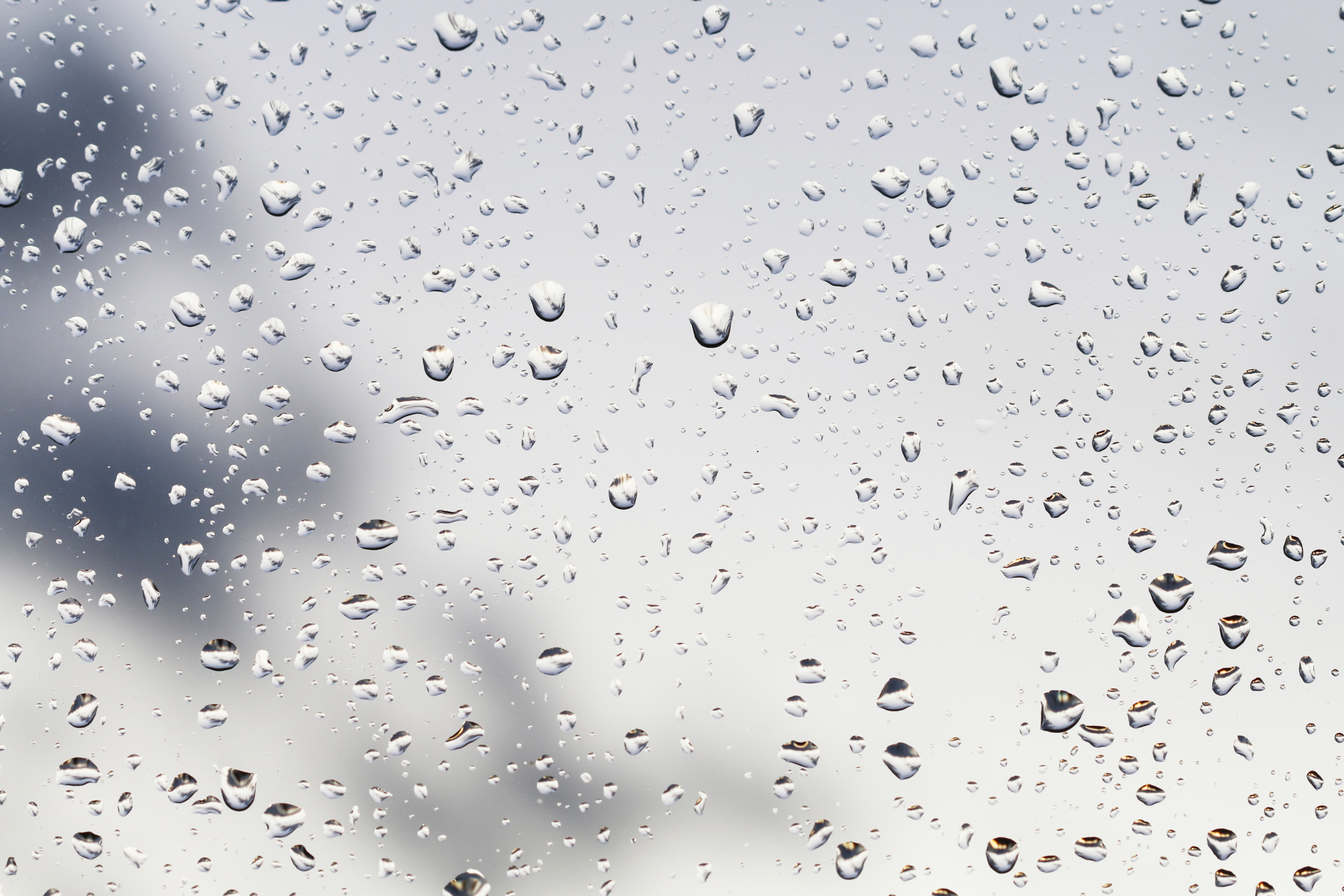Sign up for The Media Today, CJR’s daily newsletter.
The Trump presidency works in symbiosis with the media. Television journalists dramatize the news, then mine that emotion for clicks. Perhaps the best example is a new genre of clickbait: the crying reporter.
CNN’s YouTube page is filled with videos of their anchors growing emotional –– often in response to racism from President Trump that guests of theirs, like Kellyanne Conway and Steve Bannon, defend.
In 2018, when Trump called Haiti and other majority-Black countries “shitholes,” Anderson Cooper and Alisyn Camerota both broke into tears. (Cooper while speaking about time he’s spent in Haiti, and Camerota reading a Bill Kristol tweet about a Ghanian immigrant who ran into a burning apartment building and saved lives before he died.) In 2019, Trump called Baltimore a “rat and rodent infested mess,” prompting Victor Blackwell to deliver an emotional defense of his home city.
In fact, crying seems to be a key source of viewers for CNN. In 2017, it published a video of an Indian broadcaster unaffiliated with the network, Supreet Kaur, reporting on a car accident that, she learns on air, killed her husband. It has more than six million views. Other blockbusters include “George W. Bush cries delivering eulogy for his father, George H.W. Bush” (five million views); “Fireworks erupt at beginning of Brett Kavanaugh hearing” (4.2 million views); and “Jon Stewart chokes up, gives angry speech to Congress” (3.2 million views).
The right-wing is different from the left and center––Fox News, for example, has more success with rage than with tears.
CNN is far from alone. The Guardian posted a video of Rachel Maddow, of MSNBC, from June 2018. She’s at the end of her broadcast, reading a breaking AP News bulletin: “Trump administration officials have been sending babies and other young children––” her voice breaks. “Hold on,” she says, continuing to look down with her pen to her lip. Eventually, unable to finish the report––that the Trump administration was separating babies and children from their parents at the southern border and sending them to “tender age shelters”––she tosses the broadcast over to the next hour’s anchor. The video has 1.5 million views.
Video aggregators––sites that repackage clickbait clips––have noticed. Watchmojo.com, which puts out videos like “Top 10 Bruce Lee Moments” or “Top 10 Sexy Female Movie Villains,” published a video to YouTube in late 2017 entitled “Top 10 Reporters Who Couldn’t Hold Back Tears.” It has 3.4 million views.
The right-wing is different from the left and center––Fox News, for example, has more success with rage than with tears. The majority of its most popular YouTube videos are from the Trump era and have titles such as, “Rep. Collins explodes, gets standing ovation in impeachment debate” (5.2 million views); “Tucker and Avenatti trade blows in explosive interview” (3.9 million views); “Gaetz explodes at impeachment witnesses: You don’t get to interrupt me” (3.9 million views); and “The dark side of Obama’s ‘Rising Star’ exposed” (3.6 million views––and posted in May 2017).
It’s not new, or news, that emotion appeals to viewers. In December of 1963, with teleprinters ticking in the background, Walter Cronkite removed his thick rimmed glasses, choked back tears, and announced to the world that President John F. Kennedy had died.
“All of America shared that, they all felt what he felt,” Don Hewitt, longtime CBS News producer, said decades later of the broadcast. “They felt the same despair. The same, ‘My God, what do we do now?’ And I think there was probably a tear in a hundred million eyes as there was in Walter’s.”
But it was the rarity of the crack in an otherwise implacable facade that gave the moment its impact. When broadcasters’ tears inundate us, their impact is lost.
THE MEDIA TODAY: The many challenges of covering the coronavirus
Has America ever needed a media defender more than now? Help us by joining CJR today.



